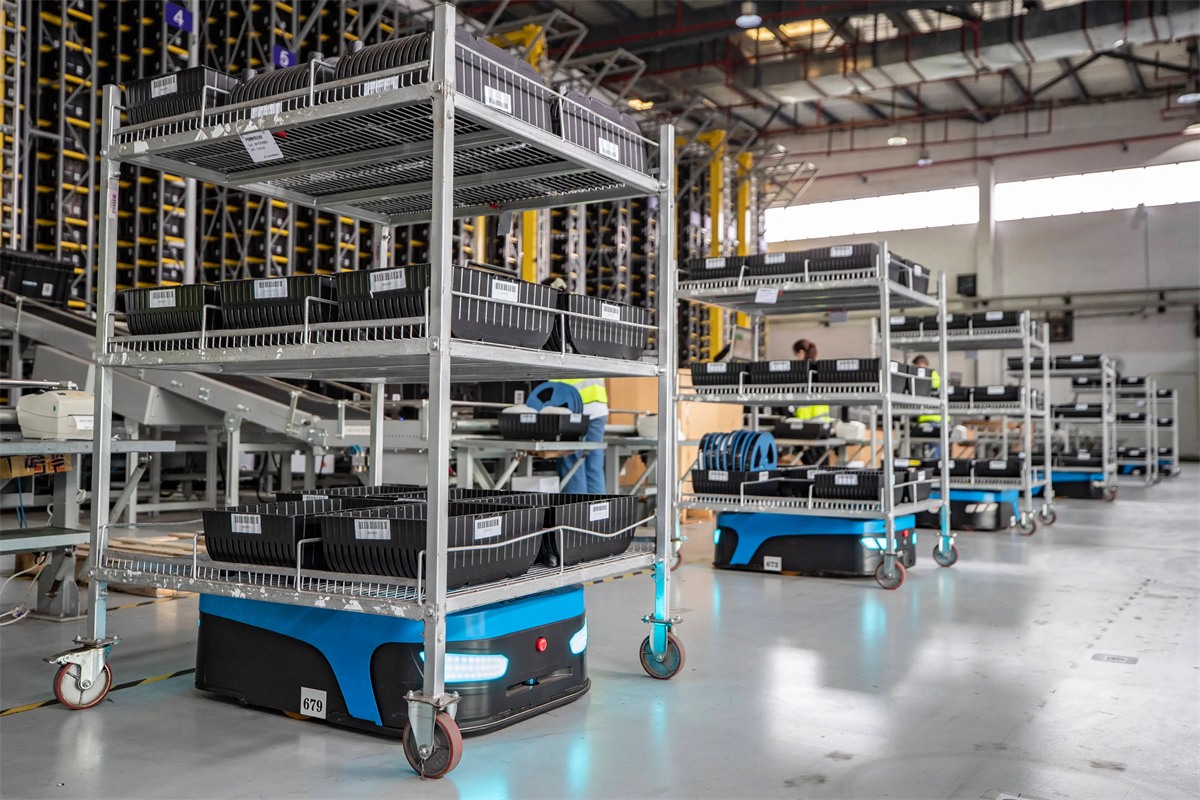Advaes of IoT intelligent warehouse management
The ultra-high frequency technology used in the smart warehouse can carry out aging control: because the barcode does not contain the aging information, it is necessary to attach electronic labels to the fresh-keeping food or the time-limited commodities, which greatly increases the workload of workers, especially when a warehouse is used. When there are commodities with different expiration dates, it is a waste of time and energy to read the expiration labels of the commodities one by one.
Secondly, if the warehouse cannot reasonably arrange the storage order of the time-limited products, the porters fail to see all the time-limited labels and ship out the products that were put into the warehouse in time but select the products that expire later, which will make the time-limit of some inventory products.
Waste and loss due to expiration. The use of UHF RFID systems can solve this problem. The aging information of the goods can be stored in the electronic label of the goods, so that when the goods enter the warehouse, the information can be automatically read and stored in the database. Goods are processed. This not only saves time, but also avoids losses due to expired foods.
Improve work efficiency and reduce costs: In terms of warehousing, when goods using traditional barcodes enter and leave the warehouse, the administrator needs to repeatedly move and scan each item, and in order to facilitate the inventory, the density and height of the goods are also affected. Restrictions restrict the space utilization of the warehouse. If the electronic label is used, when each piece of goods enters the warehouse, the reader installed on the door has read the electronic label data of the goods and stored them in the database. The administrator can easily understand the inventory with just a click of the mouse, and can check the product information and notify the supplier of the arrival or lack of the product through the Internet of Things. This not only greatly saves manpower and improves work efficiency, but also improves warehouse space utilization, improves inventory efficiency, and reduces warehousing costs; at the same time, the production department or purchasing department can also adjust the work plan in time according to the inventory situation. , to avoid out of stock or reduce unnecessary inventory backlog.
It can prevent theft and reduce losses: the electronic label technology of ultra-high frequency RFID, when the goods are in and out of the warehouse, the information system can quickly monitor the entry and exit of unauthorized products and alarm.
Effectively control inventory management: When the inventory is consistent with the inventory list, we think the list is accurate and carry out logistics management according to the list, but in fact, data shows that nearly 30% of the list has more or less errors. Most of them are due to misscanning of barcodes during product inventory.
These mistakes have resulted in the disconnection of information flow and goods flow, making out-of-stock goods appear to be plentiful and not being ordered in time, and ultimately harming the interests of merchants and consumers.
Through the Internet of Things, manufacturers can clearly monitor the product from the line, install electronic labels, enter and exit the distributor’s warehouse, until reaching the retail end or even at the retail end of the sales; distributors can monitor inventory and maintain a reasonable inventory. The accuracy and high speed of the information identification of the UHF RFID system can reduce the wrong distribution, storage and transportation of goods, and the Internet of Things can also effectively establish an information sharing mechanism, so that all parties in the logistics supply chain can understand the UHF RFID in the whole process. The data read by the system is checked by multiple parties, and the wrong information is corrected in a timely manner.
